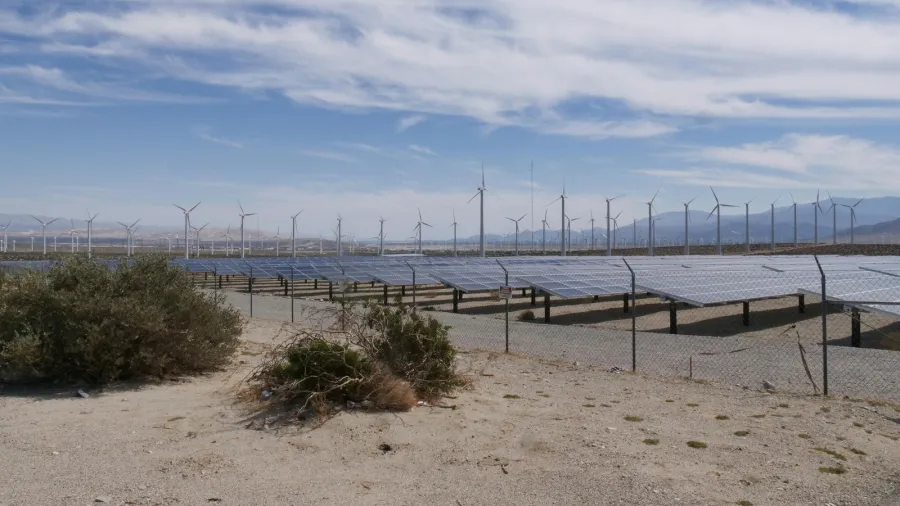
Low carbon energy amongst trends to watch in 2025
Battery and solar markets are projected to remain oversupplied.
The climate pledges made at COP29, including net-zero commitments from Indonesia, Mexico, and the EU, backed by 25 countries, support exponential growth scenarios for low carbon energy in the coming year, according to Rystad Energy.
However, Artem Abramov, head of Clean Tech Research at Rystad Energy, said “2025 could be another reality check for renewables and cleantech, with shifting policies favoring fossil fuels, green energy stocks under pressure, and uncertainty about funding and subsidies.”
Battery and solar PV markets may remain oversupplied, whilst regional biofuel markets may recover as blending obligations take effect.
Meanwhile, the EU's carbon market is set to mature significantly with the accelerated phaseout of free allowances and the introduction of the Carbon Border Adjustment Mechanism, creating a more favorable environment for final investment decisions on low-carbon hydrogen and carbon capture, utilization and storage projects.
Whilst there are challenges, solar energy is expected to expand by about 600 terawatt-hours in 2025, matching oil’s annual primary energy growth for the first time. Solar’s efficiency over crude oil means it delivers two to three times more useful energy.
Falling capture prices will remain a hurdle, but low battery storage costs present a solution.

















 Advertise
Advertise






